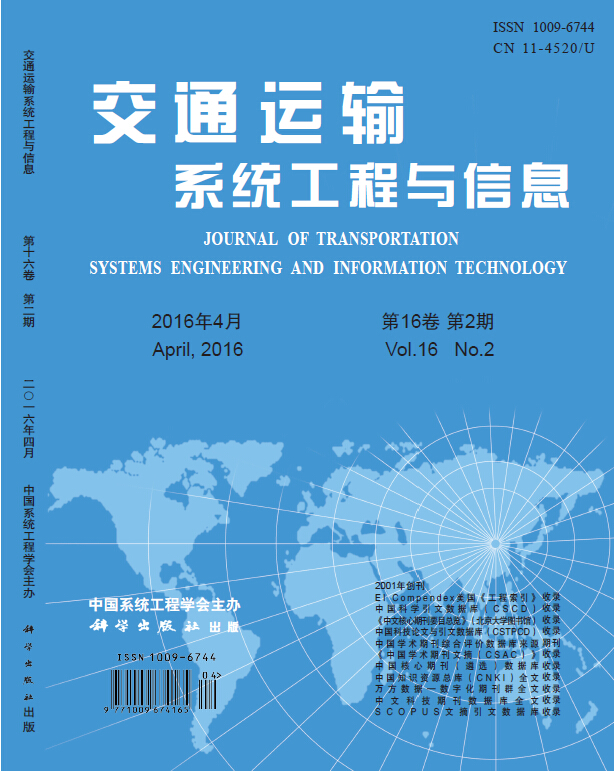The expressway toll data are high-dimensional and massive, of which distribution is unknown, therefore it is hard to decide which algorithm and what parameters are more suitable for clustering to this kind of data set. Aiming to this problem, IBCS, a clustering evaluation index based on balance of clusters’ shapes, is proposed, and various cluster shape features which include outline, distribution, density, and sizes, are evaluated evenly and synthetically. By means of this index, the neighborhood confidence interval is adjusted adaptively according to data set sparsity, and the degrees of scattering and separating to cluster structure are measured. With density evaluation, IBCS is provided with capability of selecting algorithm for data set. With size evaluation, the problem that clusters are too different after separated is avoided. Results of comparison experiment on UCI data set with several candidate algorithms show that, IBCS is feasible and efficient, and the correct cluster number and clustering pattern are achieved. Finally, result of Xi’an-Baoji expressway toll data clustering based on IBCS indicates that, the clustering scheme with K-means algorithm and 5 clusters is optimal.


